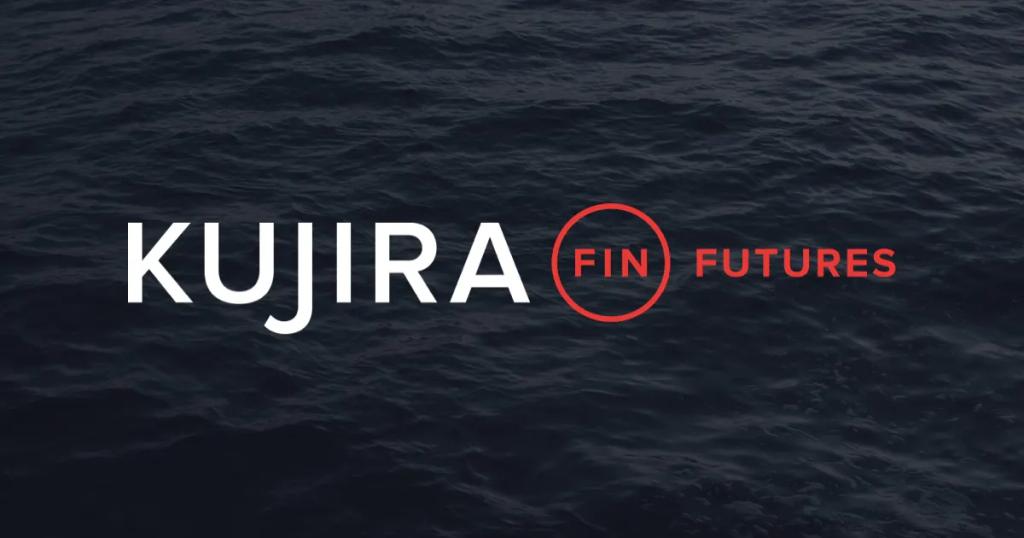Introduction
BULLAS is a decentralized documentation platform that provides tools for creating, editing, and publishing content using Markdown and integrated media features. It falls under the category of decentralized tools and platforms, designed to simplify content creation and management. The platform’s primary function is to offer a user-friendly solution for publishing documents, particularly in the decentralized and blockchain space. By providing robust features and easy access, BULLAS is notable for catering to both individual creators and larger decentralized projects seeking to streamline their documentation efforts.
Background and History
BULLAS was created to address the growing need for efficient, decentralized documentation tools, particularly in the blockchain and Web3 space. Traditional documentation systems often lack transparency and decentralization, limiting their use for blockchain-based projects. BULLAS aims to fill this gap by offering an open, collaborative environment where users can publish and maintain documents using blockchain-based principles.
Since its launch, BULLAS has focused on expanding its features to support a broad range of content creators, from developers to writers and project managers. The platform’s open nature allows for seamless collaboration among decentralized teams, making it a go-to solution for projects that require dynamic and transparent documentation management.
Key Features, Contributions, or Technologies
-
Markdown and Media Integration: BULLAS supports Markdown formatting, enabling creators to structure their documents with ease. It also includes media integration tools, allowing for the embedding of images, videos, and other multimedia elements to enrich the content.
-
Decentralized Documentation Management: The platform operates on decentralized principles, allowing users to create and manage content in a transparent, open environment. This makes BULLAS particularly appealing to blockchain projects and decentralized teams that require collaborative, easily accessible documentation tools.
-
Project Management Tools: BULLAS provides features that allow users to manage large documentation projects efficiently. These tools are designed to ensure that multiple contributors can work on a single document or series of documents, ensuring version control and transparency.
Usage and Applications
BULLAS is widely used by decentralized teams and blockchain projects that need a streamlined way to manage and publish documentation. The platform’s use cases include:
-
Decentralized Project Documentation: Teams building decentralized applications (dApps) or blockchain protocols use BULLAS to publish technical documents, FAQs, and user guides. The transparency and collaborative nature of the platform ensure that all stakeholders can access and contribute to the documentation.
-
Developer Guides and Tutorials: BULLAS is also popular among developers who need to publish technical guides, code documentation, or tutorials. Its Markdown and media integration features allow for clear, structured content creation.
-
Content Creation for Communities: Beyond technical documentation, BULLAS is ideal for community-driven projects that need a decentralized platform for managing and sharing information, announcements, and other critical documents.
Governance and Business Structure
BULLAS operates as a decentralized platform, meaning there is no single entity controlling its operations. The platform aims to eventually move towards a governance model where users can have a say in platform upgrades and new features through decentralized governance mechanisms. As a publishing tool for decentralized teams and projects, the platform aligns with the broader ethos of the blockchain space by encouraging transparency and collaboration.
Relevant Metrics and Data
-
User Growth: Since its launch, BULLAS has attracted a growing number of users from decentralized teams and projects, contributing to its popularity as a go-to documentation platform in the blockchain space.
-
Collaborative Projects: The platform has been used by various blockchain projects to manage and publish technical documentation, making it an essential tool for transparent and decentralized documentation management.





